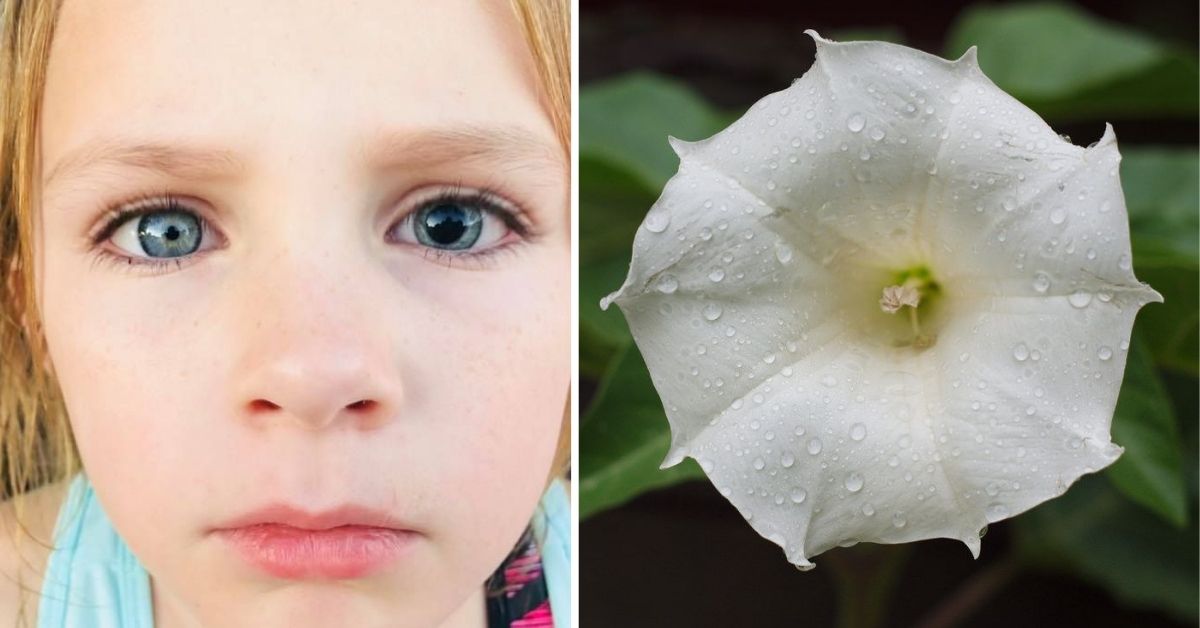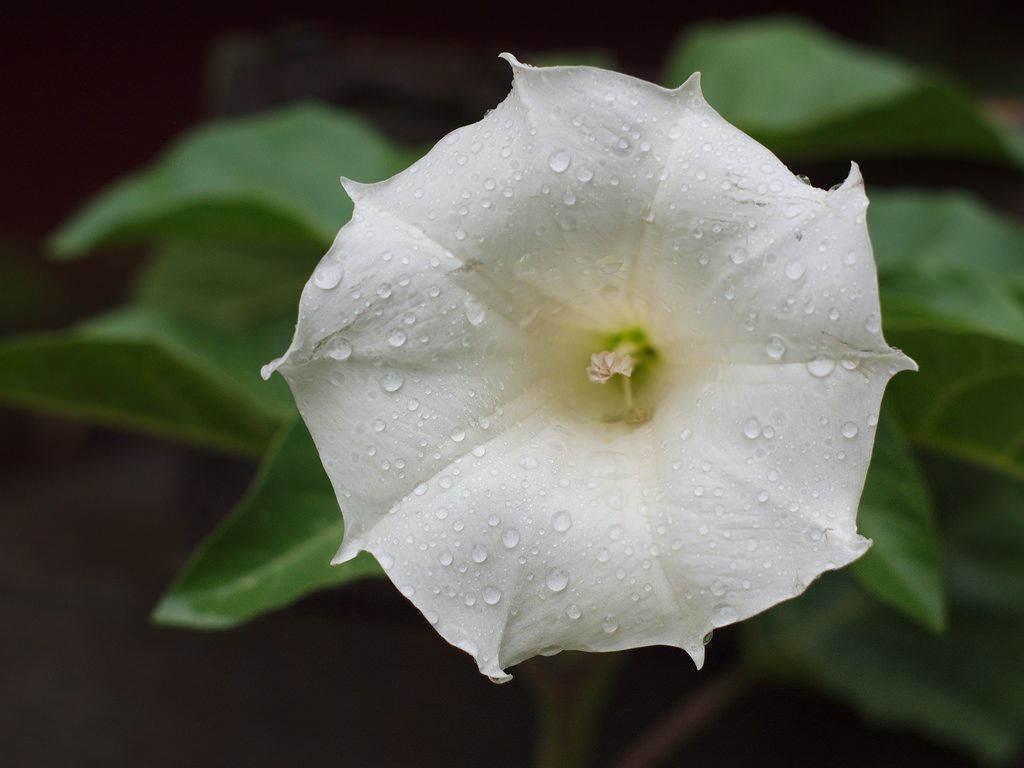Flowers might be beautiful, but sometimes they're best admired from a distance.
Over the billions of years that the earth has been orbiting around the sun, flowers have evolved to appear in ways that attracts insects to their pollen.
Sometimes some of these flowers contain substances that could be harmful when humans come in contact with them.
This week, Ashley Medeiros, a mom and registered nurse in Texas is sounding the alarm over the dangers of an innocuous-looking plant that is found in the United States: Moonflower.
The seasonal plant, which grows in a shrub form and blooms at dusk, is common in gardens across America, and its flowers are comparable to a St. Joseph's lily with white and pink flowers.
But don't let its looks fool you. What many people don't know is that the flowering plant is a dangerous hallucinogenic and could even lead to death.
"Just a warning! If you have a moonflower plant do not let your kids near it," Medeiros shared on Facebook along with photos of her daughter.
She explained that her daughter, Pyper, "was playing with flowers tonight and ended up with one pinned pupil and one blown out pupil!"
She continued, "Very scary to see, it also causes hallucinations, abdominal complications, cardiac arrhythmias. So dig them up or keep them away from your kids!"
Also known as Datura, jimson weed, devil's weed, devil's cucumber, thorn-apple, pricklyburr, angel's trumpet and devil's trumpet, Moonflower is extremely toxic as it contains "28 belladonna alkaloids," including atropine, scopolamine, hyoscymine and hyoscine.
The hyoscymine can cause dryness of the mucous membrane, dilation of the pupils (caused by "mydriasis, which is due to the blockade of papillary sphincter muscle and iris muscle"), dry mouth, abnormal heartbeat, fever, dizziness, vomiting, hallucination, confusion and even difficulty urinating.
In severe cases, the central nervous system could shut down and lead to seizures, coma, heart failure, and eventually death.
As for the hyoscine, it is what often causes the pupils to dilate, like in Pyper's case. Sometimes, amnesia can even be triggered when exposed to the poisonous plant and its flowers.
In some cases, the symptoms may disappear after an hour or so, but certain visual disturbances can last up to two weeks if left untreated.
If a person is exhibiting these symptoms, it's best to take them to a hospital as quickly as possible. If it's severe enough, physostigmine, a cholinesterase inhibitor, will be administered by the emergency room doctors, according to the Journal of Clinical Toxicology.
While deaths caused by moonflowers are rare, researchers remind people that "adverse effects are very common."




